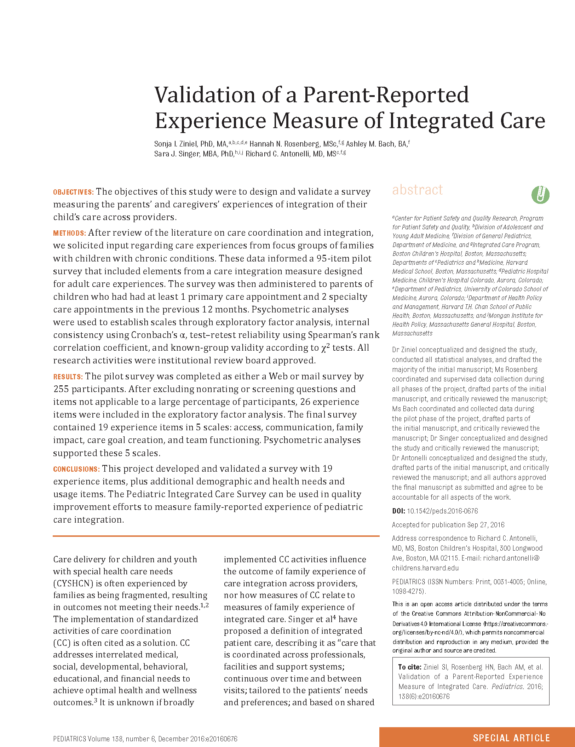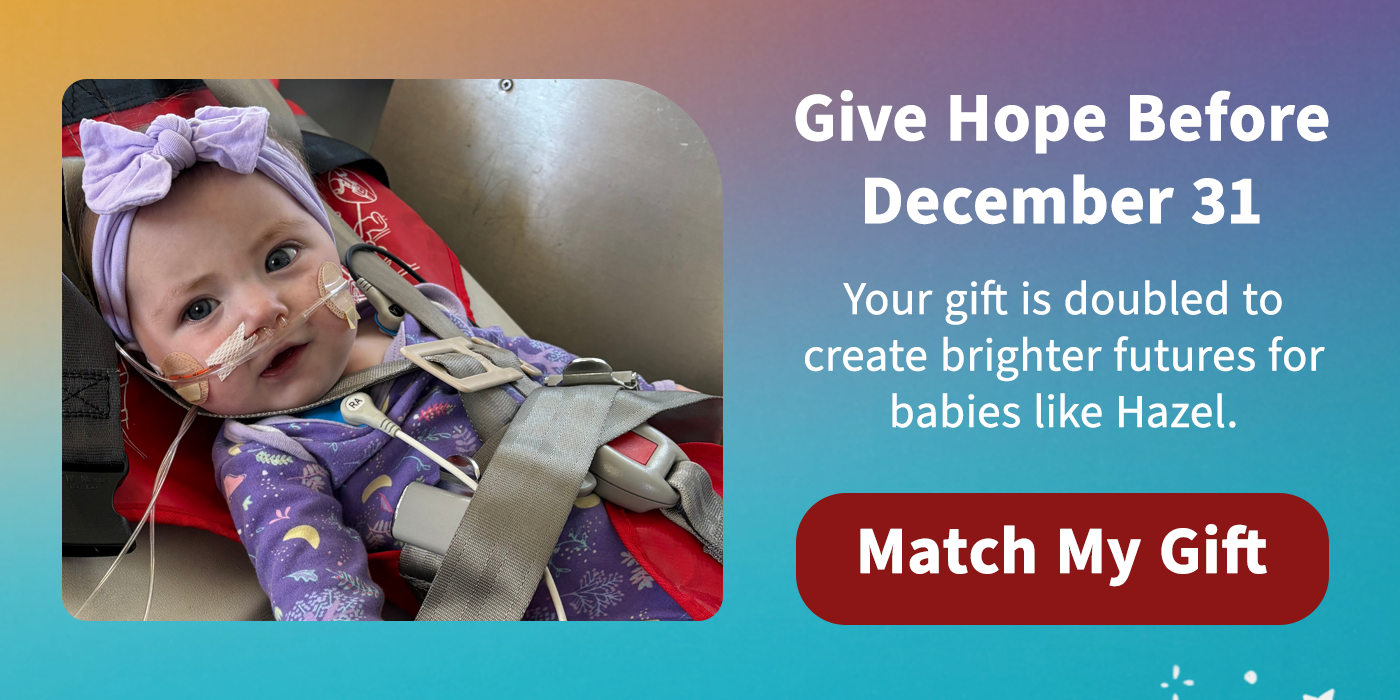New Tool Helps Measure How Families Experience Integration of Care
Stephanie is a 10-year-old child with autism, asthma, and behavioral issues. She receives services from her primary care pediatric provider, her school nurse, a developmental specialist, a neurologist, and an allergist. A social worker has been important in linking Stephanie and her family to community resources. The family’s engagement with a family support network is very important to their overall functioning. How does this family perceive how care is integrated across each of these care team members? Do the care team members have a way of gauging how the family perceives the cohesiveness of the team?
****
Researchers at Boston Children’s Hospital, Harvard Medical School, and Harvard T.H. Chan School of Public Health have created a validated tool for measuring a family’s experience with the integration of health care and related services for children and youth with special health care needs. The Pediatric Integrated Care Survey (PICS), available in both English and Spanish, asks the family to identify all members of the care team—across disciplines and institutions—including providers of medical, behavioral, surgical, educational, developmental, social, allied health, and family support services.
PICS may be useful for a broad range of stakeholders: health care delivery professionals, community- and school-based service providers, state, federal and international child health stakeholders, family-professional partnership groups, and families themselves.
“Families were key partners in every step of the survey development process,” said Richard Antonelli, MD, MS, FAAP, principal investigator of PICS. “Their input into the survey measures has enabled clinics to make family-informed changes in real time. PICS allows families to be at the forefront of quality improvement.”
The PICS was created in partnership with families with children, youth, and young adults with special needs who receive care from several providers. The validated set of core questions enables families to rate their experience of care integration in five domains: Access to Care, Communication with Care Team Members, Family Impact, Care Goal Creation/Planning, and Team Functioning/Quality.
Additional questions can be added to the core set and map to the following domains: Adapting to Changes; Connecting to Resources (General and School/Community/State Resources); Enhancing Communication; Transition to Adult Care; Care Plan; Integrator; Burden on Family; School and Services through an Individualized Education Plan.
While the PICS can be used to assess family experience of integration across the entire care team, it also can be adapted so that families can report on how a component of the team affects their overall experience of care integration (e.g., how a primary care clinic, a school, or Early Intervention Program contributes to the perception of integration).
The PICS instrument is available for use free of charge. For more information on the PICS, or to access the instruments, contact: Richard.Antonelli@childrens.harvard.edu
Funding for this research was provided by the Lucile Packard Foundation for Children’s Health.

